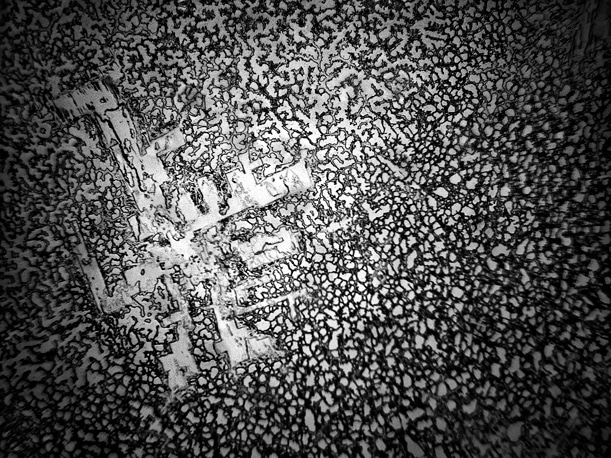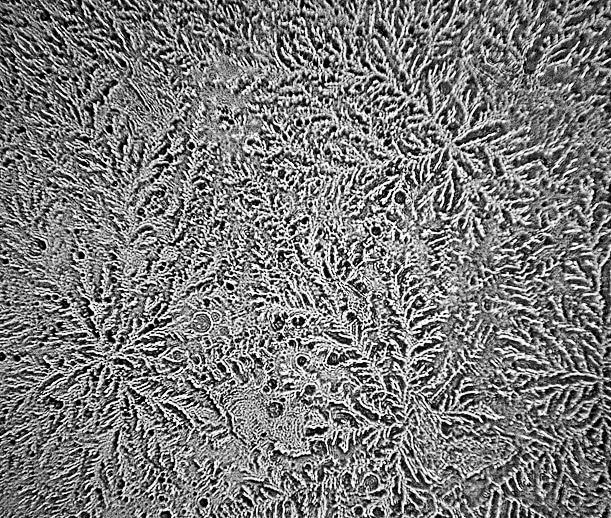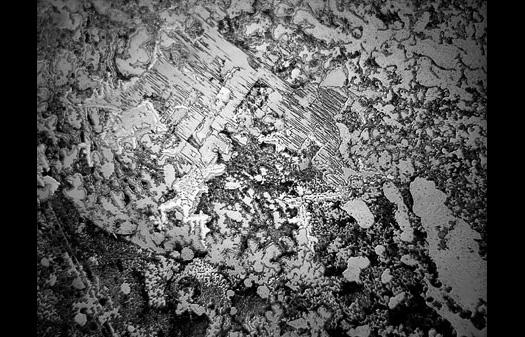There are many reasons that can bring tears in our eyes: happiness, sadness, cutting onions. Most often at the end, either we wipe out those tears or they dry up. However, have you ever thought what tears may look like when seen from so closely? Well, see the topography of tears via the microscope images.
Scientifically, based on the origin, tears are divided into three different types – psychic tears, basal tears and reflex tears. Both tears of grief and joy are psychic tears. It usually occurs by extreme emotions, whether positive or negative. On the other side, basal tears are released continuously in tiny quantities (on average, 0.75 to 1.1 grams over a 24-hour period) to keep the cornea lubricated. And reflex tears are secreted in response to an irritant, like dust, onion vapors or tear gas.
However, photographer Rose-Lynn Fisher decided to do topography of tears as part of her project. It is to be noted that all tears contain a variety of biological substances (including oils, antibodies and enzymes) suspended in salt water and started using a microscope to analyze tears . Fisher saw, tears from each of the different categories include distinct molecules.
Fisher has said, “There are so many variables—there’s the chemistry, the viscosity, the setting, the evaporation rate and the settings of the microscope.” You can read more about her project here.
Source: Smithsonian Magazine
[ttjad]




